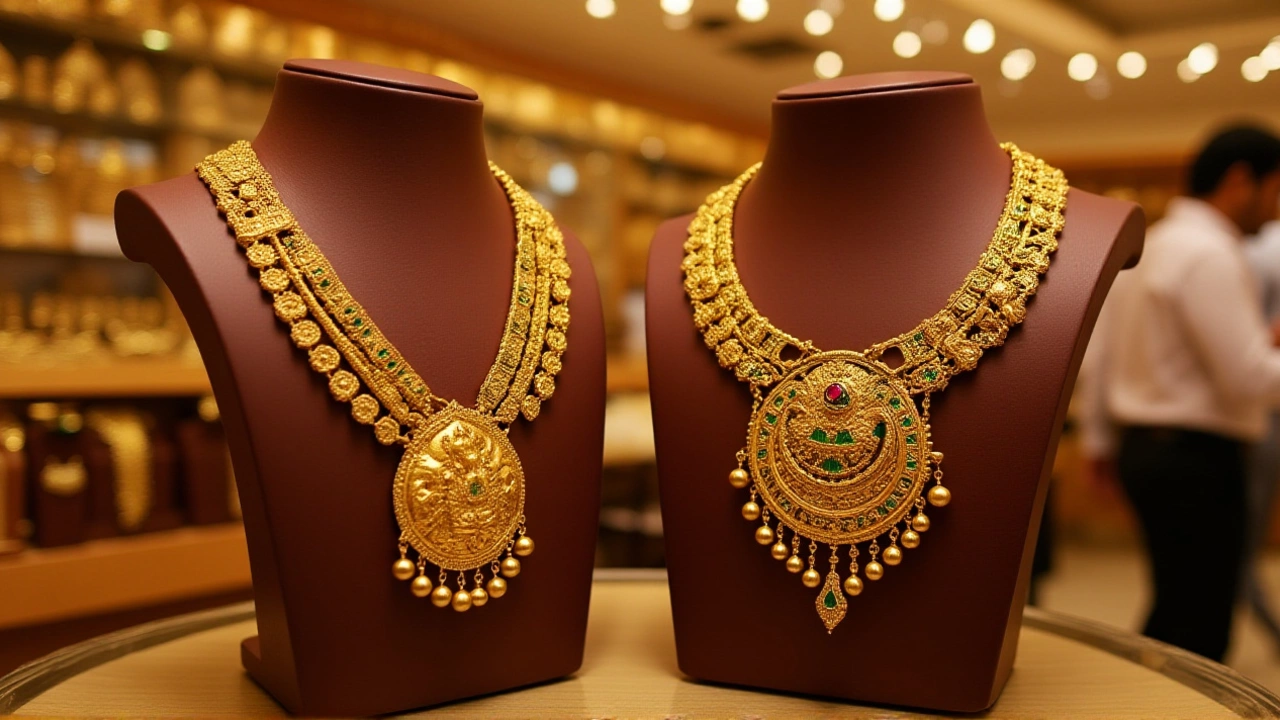Gold Price Insights for Indian Hedge Fund Professionals
When analyzing gold price, the daily market value of gold measured in Indian rupees per tola. Also known as spot gold, it serves as a real‑time barometer for wealth preservation, especially when currency values shift. In the Indian context, gold price moves directly influence retail demand, jewelry sales, and most importantly, the asset allocation decisions of hedge funds that aim to capture short‑term arbitrage or long‑term inflation protection.
Indian hedge funds treat gold as a core hedge fund, a pooled investment vehicle that uses sophisticated strategies to generate returns. These funds often blend gold futures, exchange‑traded funds, and physical bullion to balance risk and reward. A typical strategy might involve buying gold futures when a dip in the gold price aligns with expected currency weakness, then unwinding the position once the market stabilizes. This approach showcases how the hedge fund sector relies on precise gold price signals to time entry and exit points, especially during periods of heightened market stress.
Why Gold Price Matters for Indian Investors
Beyond the hedge fund arena, gold sits at the heart of the broader commodities, tangible assets like oil, metals, and agricultural products traded on global markets market. Its status as a tangible store of value makes it a go‑to hedge against inflation and currency devaluation. When India faces rising consumer price indices, investors flock to gold, pushing the gold price upward. This influx creates a feedback loop: higher gold price boosts the perceived safety of commodity‑linked portfolios, encouraging more fund inflows and further price appreciation. The interplay between commodities and gold price drives a cycle that both retail and institutional investors watch closely.
One cannot discuss gold price without mentioning its relationship with inflation, the general rise in price levels that erodes purchasing power. Historically, gold has maintained its purchasing power when inflation spikes, which is why many Indian hedge funds allocate a portion of their assets to gold or gold‑related derivatives during inflationary spells. The logic is straightforward: if the rupee loses value, the gold price in rupees typically climbs, preserving real returns. This dynamic is a key driver for funds that aim to protect client capital against long‑term price erosion.
Finally, the gold price is a leading indicator of market volatility, the rate at which asset prices fluctuate over a given period. Sharp swings in gold price often precede broader equity market turbulence, prompting hedge funds to adjust their beta exposure or hedge equity positions with gold instruments. By monitoring gold price volatility, fund managers can gauge investor sentiment and fine‑tune risk models before broader market moves unfold. This proactive stance helps maintain portfolio resilience amid unpredictable economic shifts. As you explore the articles below, you’ll see real‑world examples of how Indian hedge funds integrate gold price analysis into their strategies, track commodity trends, hedge against inflation, and navigate market volatility. Each piece offers practical insights you can apply to your own investment decisions.
Gold Prices Hit Record ₹1.35 Lakhs per 10g on Dhanteras 2025
India's gold prices surged to a record ₹1.34 Lakh per 10 g on Dhanteras 2025, driven by festive demand and central bank buying. Experts forecast further rise to ₹1.5 Lakh by early 2026.
